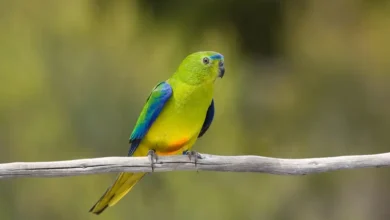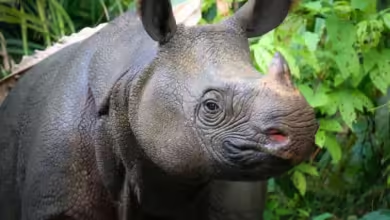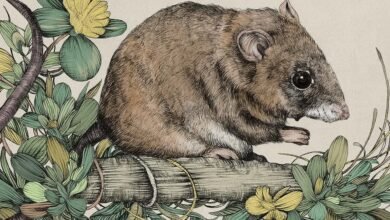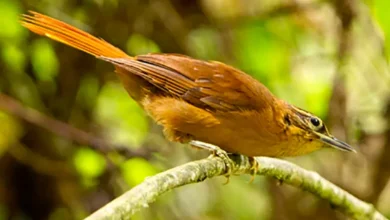The Bramble Cay Melomys: A Species on the Brink
Scientific name: Melomys rubicola
Date of extinction: 2016
The Bramble Cay melomys, scientifically known as Melomys rubicola, was a small rodent species that inhabited a tiny coral cay in the Torres Strait, between Papua New Guinea and Australia. This creature, also known as the Bramble Cay mosaic-tailed rat, had a unique place in the ecological tapestry of the region. However, tragically, it became the first mammal to be declared extinct due to climate change, serving as a grim reminder of the impact of human-induced environmental alterations on vulnerable species.
Origin: The Bramble Cay melomys was first described in 1845 by British naturalist John Edward Gray. It was endemic to Bramble Cay, a minuscule vegetated coral cay measuring just 340 meters long and 150 meters wide at its widest point. Located at the northern tip of the Great Barrier Reef, this cay was the only known habitat of the species. Its evolutionary history likely involved adaptations to the cay’s unique environment, which included a mix of vegetation types and exposure to extreme weather conditions.
Facts:
- Habitat: Bramble Cay provided a precarious habitat for the melomys. The cay, barely above sea level, was susceptible to inundation during high tides and storm surges.
- Diet: The melomys had a varied diet, feeding on plant matter, insects, and possibly bird eggs. Its ability to survive in a limited habitat with scarce resources showcased its resilience.
- Reproduction: Little was known about the reproductive habits of the Bramble Cay melomys. However, like many rodents, it likely had a relatively short gestation period and produced multiple litters per year.
- Threats: The primary threat to the Bramble Cay melomys was the loss of its habitat due to rising sea levels and increased frequency of extreme weather events, both consequences of climate change. As sea levels rose, the cay diminished in size, reducing available habitat and food sources for the species.
Current Status: In 2008, a survey found no sign of the melomys on Bramble Cay, leading to fears of its extinction. Despite subsequent efforts to locate the species, including extensive trapping and monitoring, none were ever found. In 2016, the Australian government officially declared the Bramble Cay melomys extinct, marking the first mammalian extinction attributed to anthropogenic climate change.
The extinction of the Bramble Cay melomys serves as a sobering reminder of the urgent need for global action to address climate change and protect vulnerable species and their habitats. Efforts to conserve biodiversity must encompass not only charismatic megafauna but also smaller, less conspicuous species like the melomys, which play crucial roles in ecosystem functioning. The loss of the Bramble Cay melomys underscores the irreversible consequences of inaction in the face of climate crisis and highlights the importance of proactive conservation measures to prevent further extinctions.



